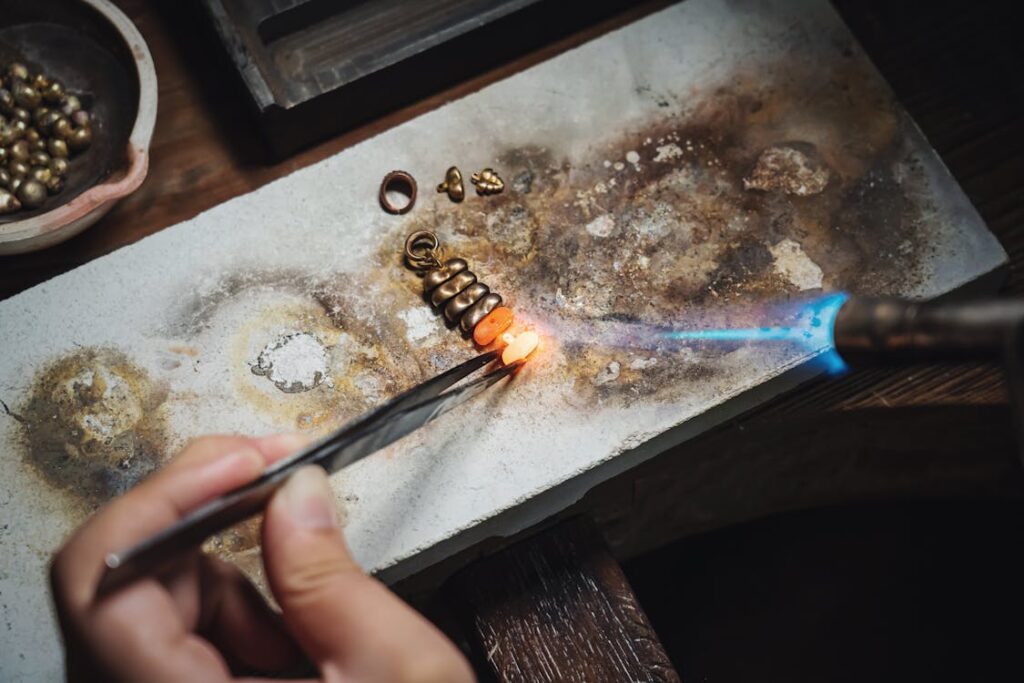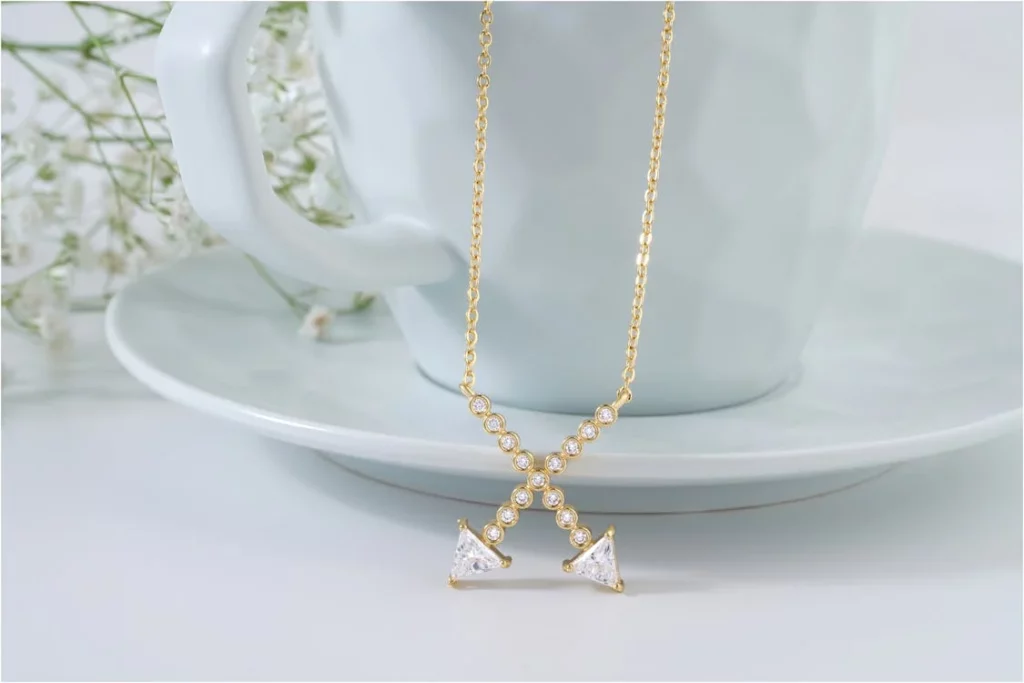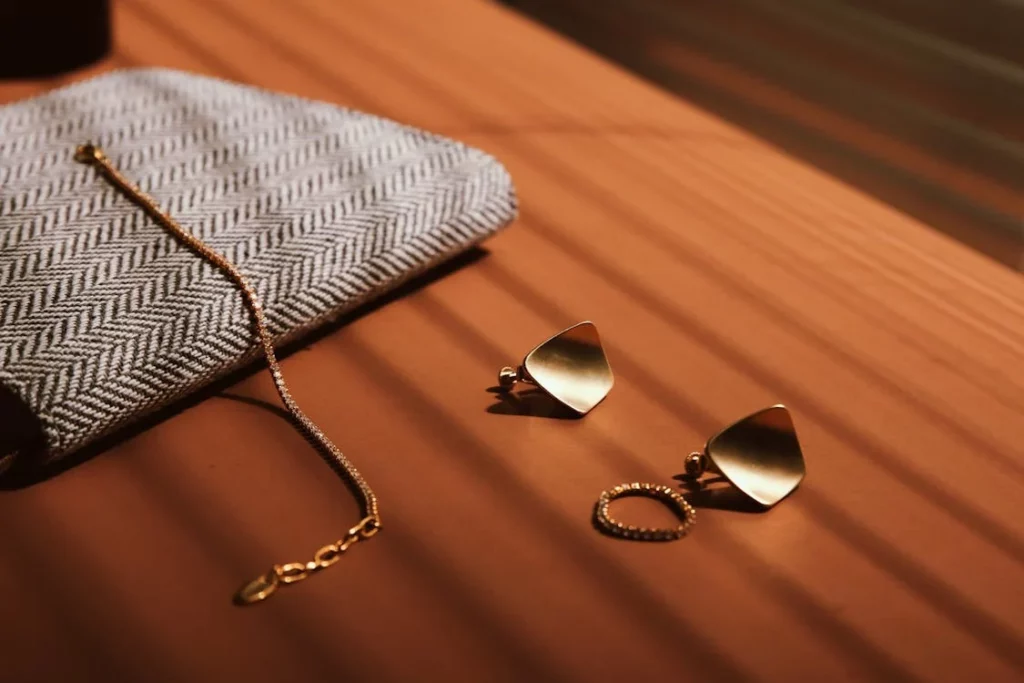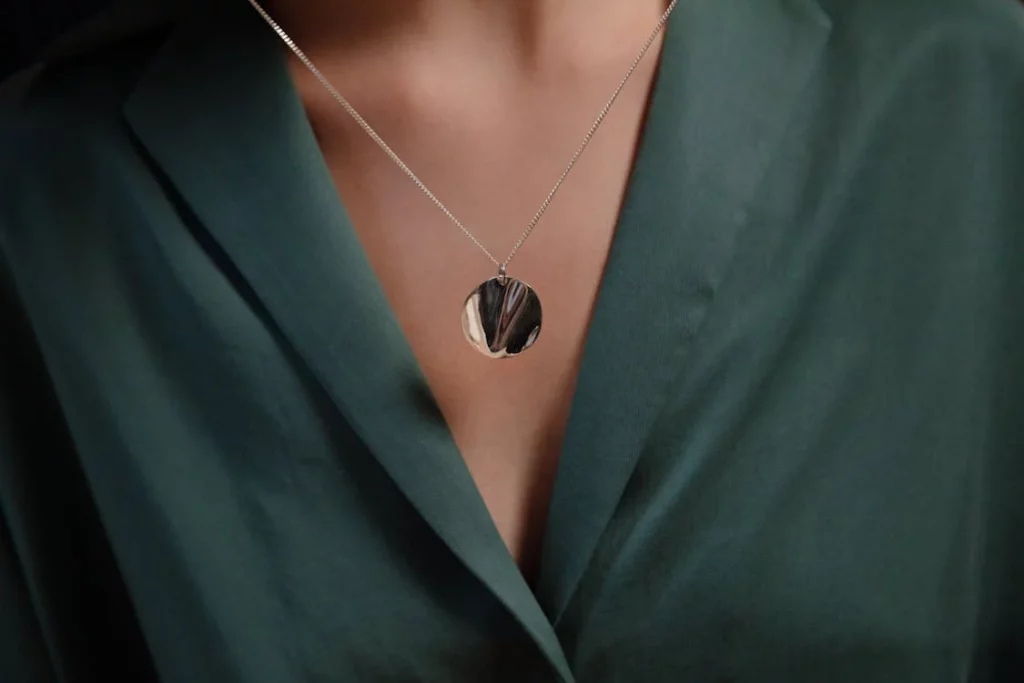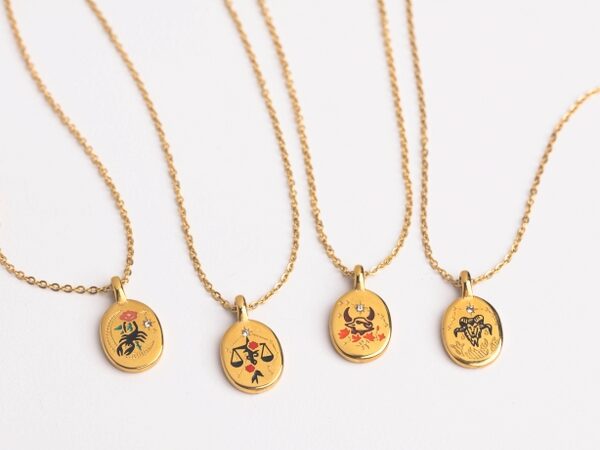
Stainless steel jewelry has gained immense popularity in recent years, becoming a top choice for fashion-forward individuals looking for stunning and durable accessories. This article aims to delve deeper into the manufacturing process of stainless steel jewelry and explore the wholesale market in China, which has emerged as a dominant player in the industry. Understanding the intricacies of the production process is vital to ensure the creation of high-quality jewelry pieces.
¿Qué son las joyas de acero inoxidable??
Stainless steel is a versatile and unique metal alloy comprising iron, cromo, and other elements. It is known for its exceptional strength and durability, making it a preferred choice for jewelry makers. The inherent characteristics of stainless steel, including its resistance to corrosion and tarnish, make it an ideal material for crafting exquisite jewelry pieces. Además, the various types of stainless steel used in jewelry making, como 304, 316l, and 316LVM, offer distinct properties that cater to different design requirements.
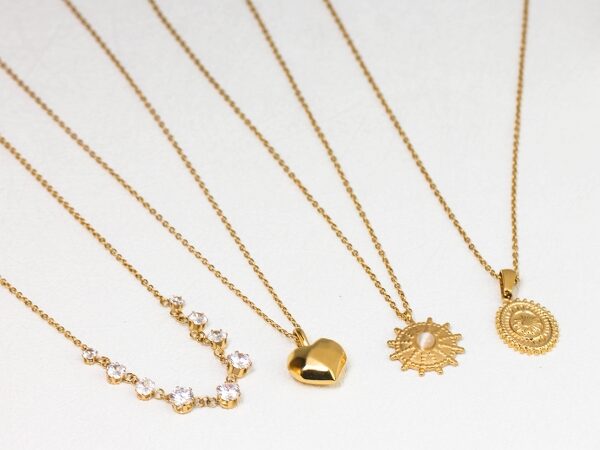
Proceso de fabricación de joyas de acero inoxidable: Step-by-Step
Step 1: Raw Material Acquisition

To ensure the highest quality of stainless steel jewelry, manufacturers must choose the right grade of stainless steel(304l & 316L acero inoxidable). Reputable suppliers play a crucial role in providing stainless steel materials that meet the desired standards and specifications required for jewelry production. Sourcing from trusted suppliers guarantees the authenticity of the materials used in the manufacturing process, resulting in beautifully crafted jewelry pieces.
Step 2: Design and Prototyping

Once the raw materials are acquired, the jewelry design and prototyping phase begins. Designers create intricate and unique designs either on paper or using computer-aided design (CAD) software. This step allows manufacturers to visualize the end product and make necessary modifications before moving forward. Prototyping involves creating a sample piece to ensure the design is accurately translated into the final product.
Step 3: Casting or Laser Cutting

After the design is finalized, manufacturers proceed with casting or laser cutting, depending on the complexity of the design. Casting involves creating a mold of the desired design and pouring molten stainless steel into it. As the metal cools and solidifies, the mold is removed, leaving behind the jewelry piece. Laser cutting, por otro lado, employs precision lasers to cut and shape the stainless steel according to the design specifications.
Step 4: Forming and Shaping
Once the basic shape is achieved through casting or laser cutting, the next step is forming and shaping the jewelry piece. Manufacturers use various techniques such as hammering, bending, and rolling to give the piece its desired shape. This step requires skilled artisans who meticulously work on the stainless steel, ensuring its dimensions and proportions adhere to the design.
Step 5: Joining and Soldering
Connecting metal parts is an essential step in the manufacturing process. Welding techniques, such as laser welding, spot welding, or TIG welding, are utilized to join stainless steel components. Each technique offers distinct advantages depending on the complexity and size of the jewelry piece. Soldering, a process involving the use of a filler metal alloy, is also commonly employed in jewelry making. It plays a vital role in securely attaching components and enhancing the durability of the final product.
Step 6: Polishing and Finishing

Polishing is an integral part of the manufacturing process as it adds the much-desired smooth and shiny finish to stainless steel jewelry. Manufacturers employ various polishing techniques, como tumble polishing or hand polishing, to achieve the desired luster. The choice of polishing technique depends on the specific design and finish requirements of the jewelry piece. A flawless and polished surface significantly enhances the overall appearance of stainless steel jewelry.
Step 7: Stone Setting and Deco
To elevate the aesthetic appeal of stainless steel jewelry, manufacturers often incorporate gemstones and other decorative elements. Stone setting techniques are used to securely hold gemstones in place, ensuring their longevity and beauty. Depending on the desired design, manufacturers employ various methods such as prong setting, bezel setting, or channel setting. These techniques, coupled with the use of specialized tools, allow for the creation of stunning and eye-catching jewelry pieces.
Step 8: Cleaning and Quality Control
To ensure that the final products meet high-quality standards, a rigorous inspection process is undertaken. Manufacturers meticulously examine each piece for defects, imperfections, and proper assembly. Cleaning methods tailored for stainless steel jewelry are employed to maintain the beauty and shine of the pieces. This step guarantees that customers receive only the finest and flawlessly crafted stainless steel jewelry.
Wholesale Market for Stainless Steel Jewelry in China
Overview of the Chinese Jewelry Market
China has emerged as a dominant force in the stainless steel jewelry industry, with a booming wholesale market. Several factors contribute to China’s dominance, including its vast manufacturing capabilities, skilled labor force, and access to affordable raw materials. Además, the rise of e-commerce platforms has revolutionized the wholesale trading landscape, making it easier for international buyers to connect with Chinese suppliers and explore a wide range of product offerings.
Finding the Right Suppliers
To succeed in the wholesale market for stainless steel jewelry in China, thorough research and identification of trusted suppliers are essential. Buyers must evaluate the stainless steel jewelry supplier’s reliability, quality of products, and price competitiveness. This involves scrutinizing reviews and testimonials, examining samples of the supplier’s previous work, and conducting thorough background checks. By choosing reputable suppliers, buyers can ensure a seamless procurement process and receive high-quality stainless steel jewelry.
Negotiating and Pricing

Negotiating prices and terms with China-based suppliers requires skill and understanding of the dynamics of the wholesale market. Buyers should be well-informed about prevailing market prices and competing suppliers to engage in fruitful negotiations. It is crucial to establish clear communication channels and negotiate favorable terms that align with the buyer’s budget and requirements. Understanding the various factors that influence pricing in the wholesale market, such as quantity, personalización, and shipping costs, is key to securing the best deals.
Building Business Relationships
Building strong and mutually beneficial relationships with suppliers forms the foundation of a successful stainless steel jewelry business. This involves effective communication, timely feedback, and mutual trust. Regularly checking in with suppliers, maintaining open lines of communication, and fostering a sense of trust and reliability are paramount in promoting long-term business relationships. By forging strong connections in the wholesale market, buyers can access a steady supply of high-quality stainless steel jewelry.
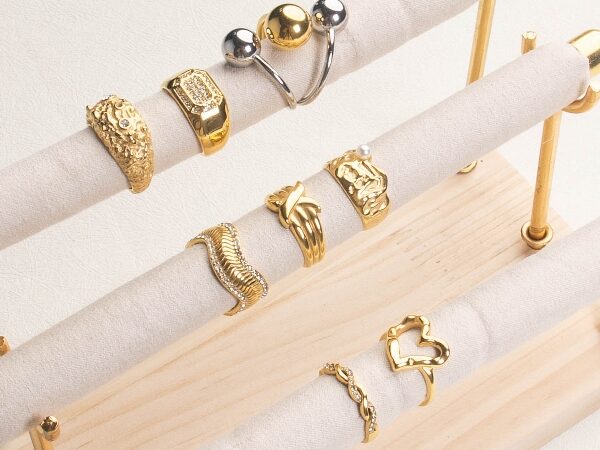
Tips to Succeed in the SS Jewelry Business
To thrive in the competitive stainless steel jewelry industry, it is crucial to identify target customers and develop effective marketing strategies. By understanding the preferences and buying behavior of the target audience, businesses can tailor their offerings to meet specific demands. Además, niche opportunities exist in the custom-made and personalized stainless steel jewelry market, allowing businesses to cater to individual preferences and create unique, one-of-a-kind pieces that stand out in the market.
Conclusión
En conclusión, the manufacturing process of stainless steel jewelry requires meticulous attention to detail and a keen understanding of the properties of stainless steel. By choosing the right grade of stainless steel, sourcing materials from reputable suppliers, and employing various techniques such as casting, shaping, joining, and polishing, manufacturers can create stunning and durable jewelry pieces. China’s wholesale market has emerged as a dominant player in the industry, offering a vast array of products and opportunities for international buyers. Understanding the dynamics of the market, finding trusted suppliers, and building strong relationships are key to succeeding in the stainless steel jewelry business.


